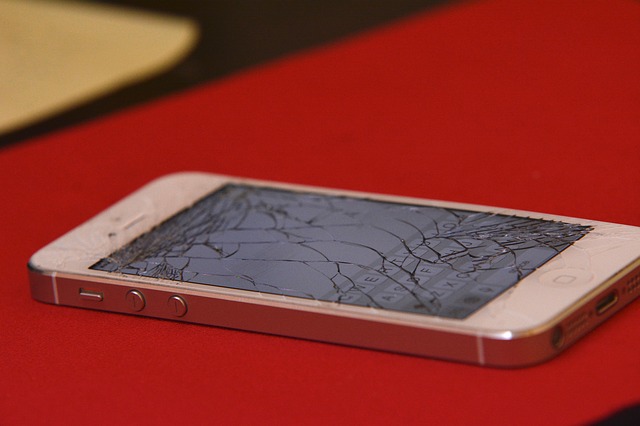A research group lead by Dr. Chao Wang presented their work in developing a self healing polymeric material. On April 4th, Dr. Wang presented their findings during a three day American Chemical Society (ACS) Expo. The material is transparent, stretchy, and conducts ions in order to generate a current. The polymer was developed in order to one day make electronics capable of repairing themselves.
As discussed by Wang, the polymer is not limited to just healing scratches. Wang says his material “A self-healing material, when carved into two parts, can go back together like nothing has happened, just like our human skin.” The process of mending itself back together is complete within a day. As for likeness to human skin, the material can stretch up to 50 times its usual size.
__________
Warning, science ahead!
The key to finding the right materials came by experimenting with new materials and how the chemicals bonded together. Materials have only two types of bonds, covalent and noncovalent bonds. Wang used the latter in creating the material. Noncovalent bonds are the weaker of the two is capable of breaking and reforming many times. As an example, this is what give water its liquid property. However, Wang and team did not use the typical . According to Wang, “Most self-healing polymers form hydrogen bonds or metal-ligand coordination, but these aren’t suitable for ionic conductors”.
“Ion-dipole interactions have never been used for designing a self-healing polymer, but it turns out that they’re particularly suitable for ionic conductors,” Wang says. “Ion-dipole interactions have never been used for designing a self-healing polymer, but it turns out that they’re particularly suitable for ionic conductors”. It is this process that gives the polymer its self healing and stretching properties.
__________
What’s next?

While the polymer is able to self heal and stretch, it is not ready for use in the real world. Wang and team need the polymer to overcome some of the abuse we put our devices thorough. Specifically, they are working on harsh conditions and water. “Previous self-healing polymers haven’t worked well in high humidity” Wang said “Water gets in there and messes things up. It can change the mechanical properties.”











